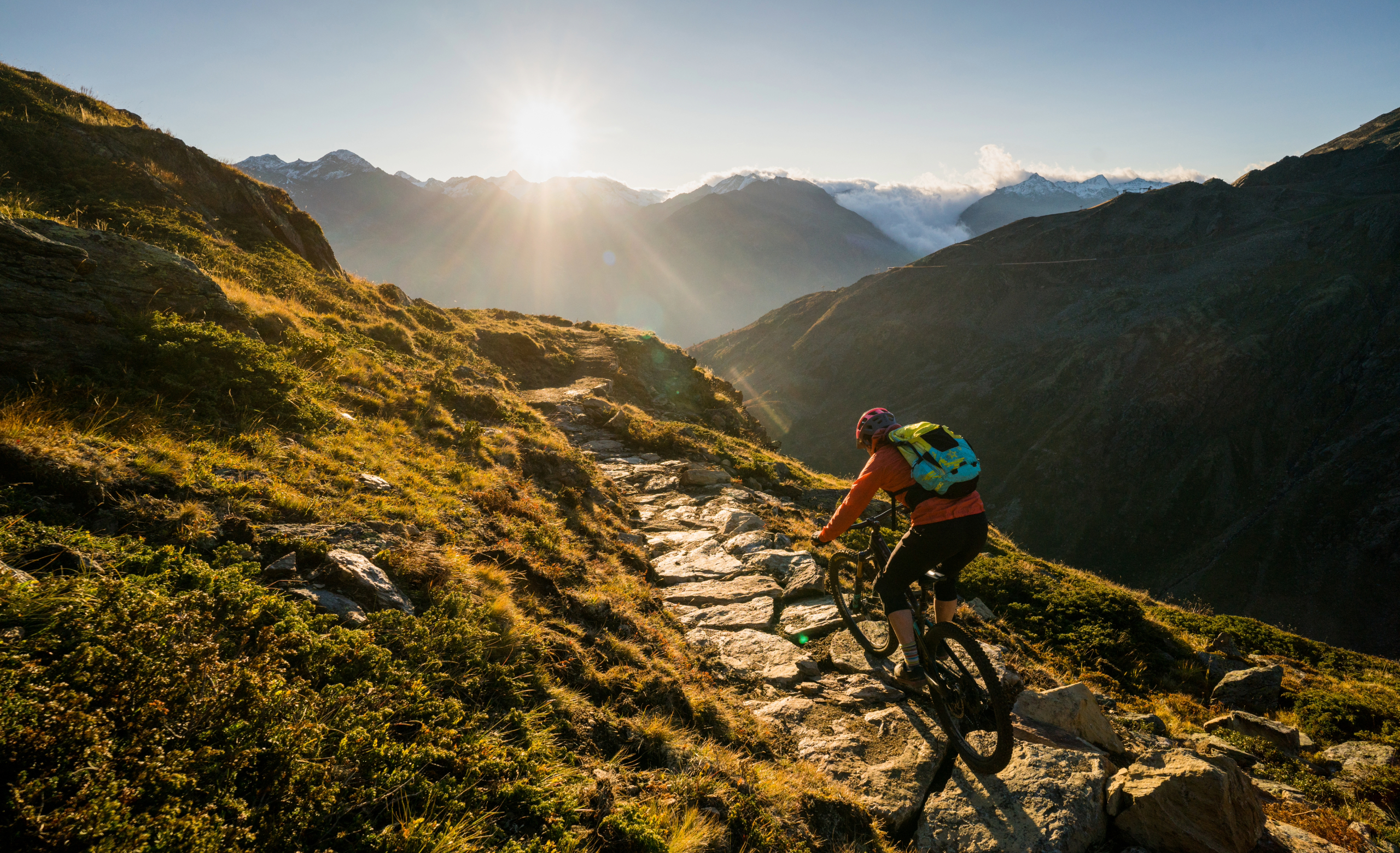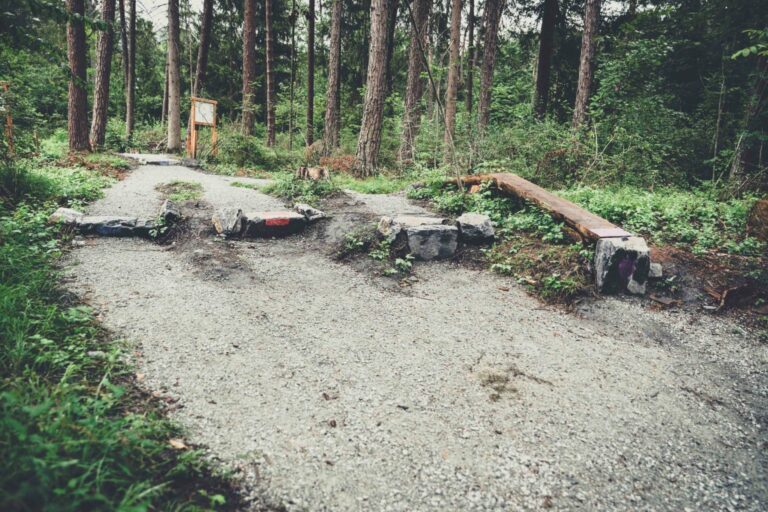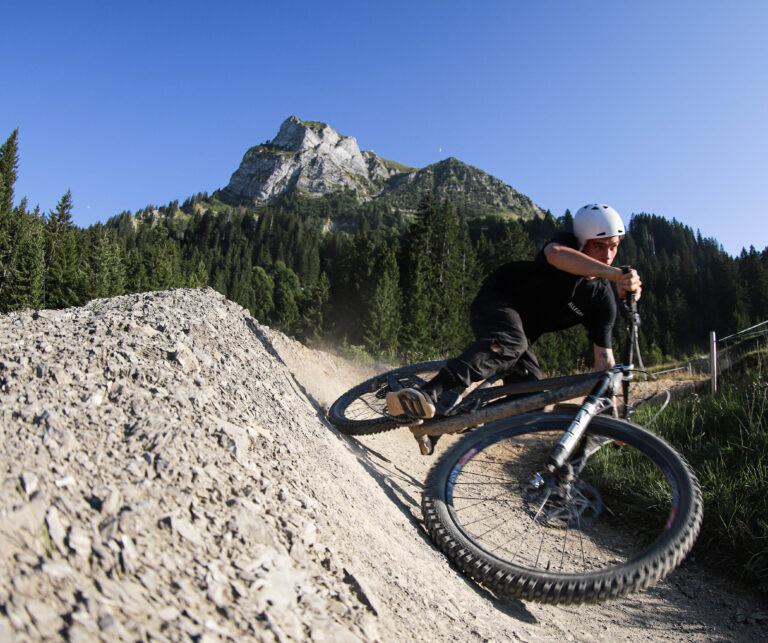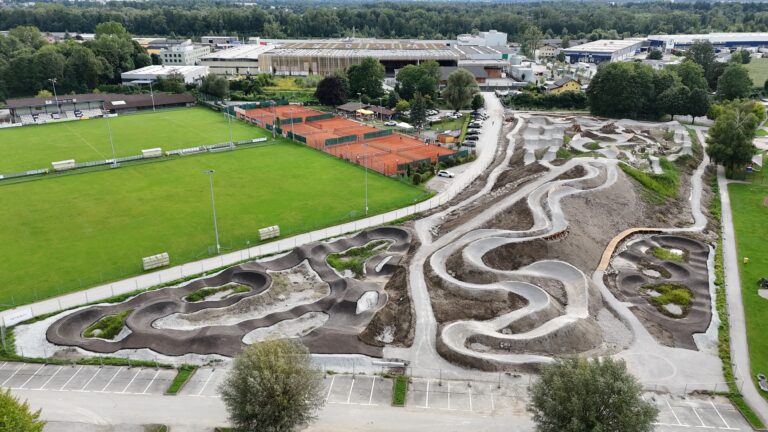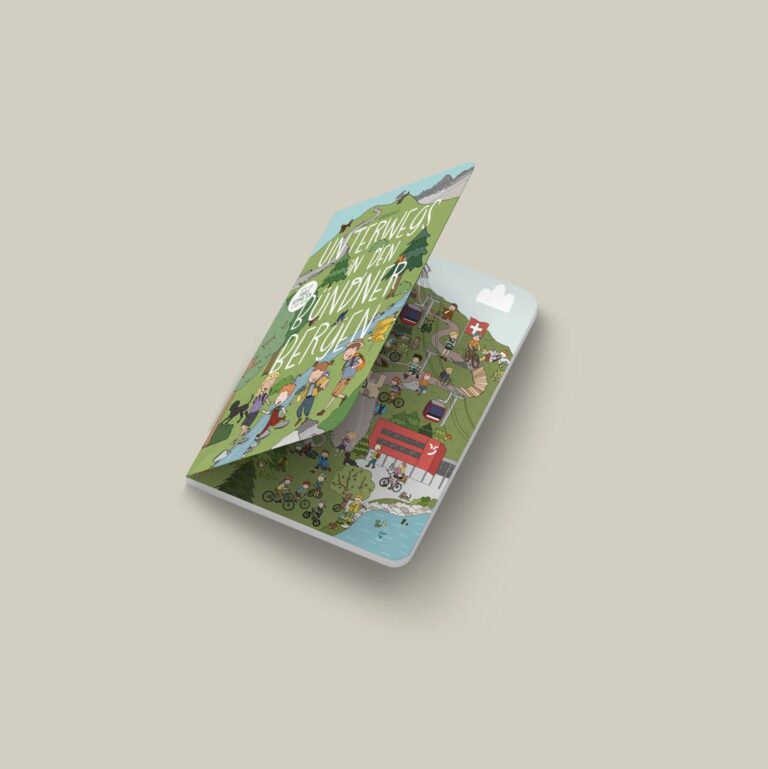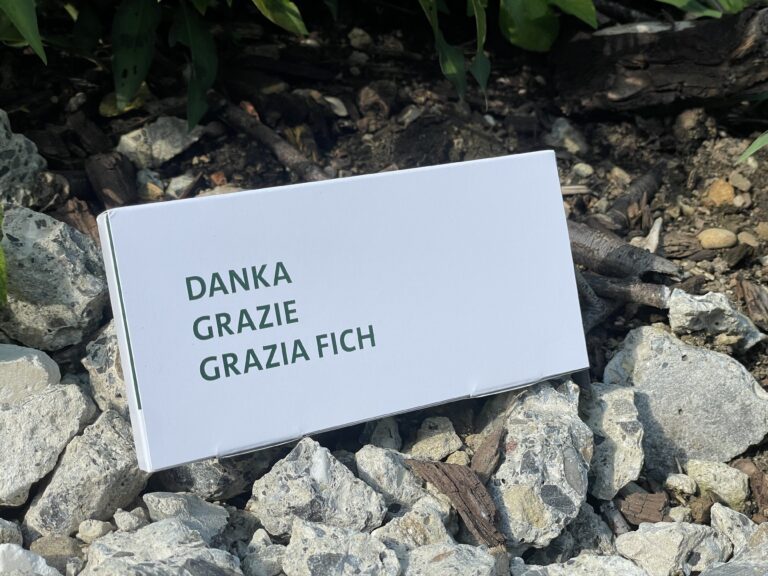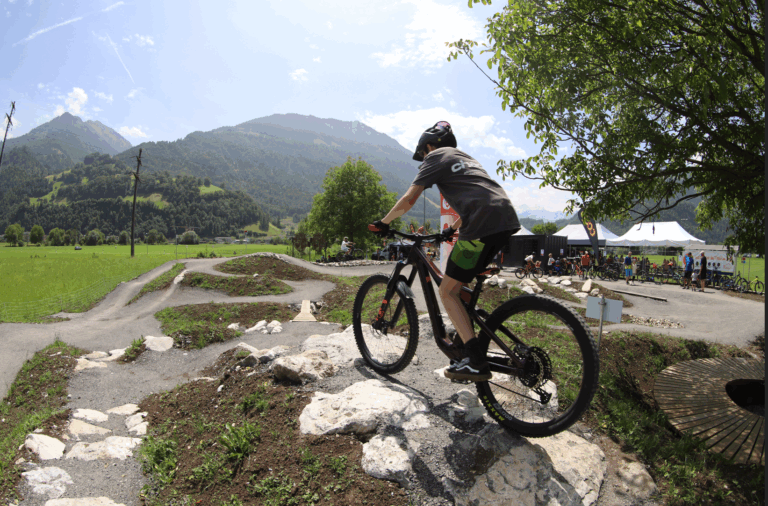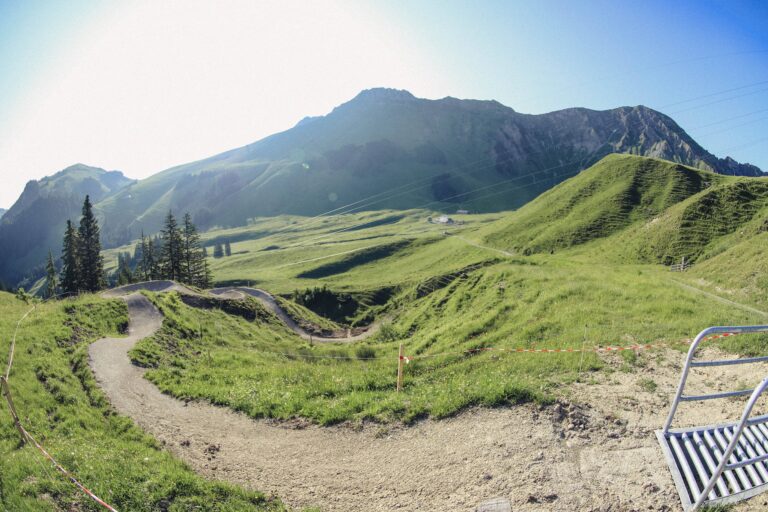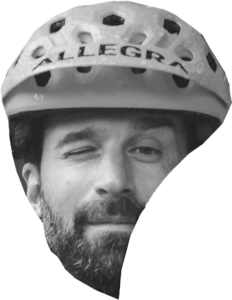The mountain bike tourism is booming – but many destinations are struggling to capitalize on this trend. Too often, new mountain bike destinations that did not live up to expectations. Why? Because they made fundamental mistakes that could have been avoided. A poorly planned mountain bike region can not only disappoint the target group, but also leave the entire potential of a region untapped.
We at ALLEGRA know: The mountain bike market is not yet saturated and offers numerous opportunities. But for a mountain bike destination To be truly successful, it must be built carefully. To help you avoid typical mistakes that jeopardize success, we have compiled the seven most common mistakes here - and show you how to tackle them correctly.
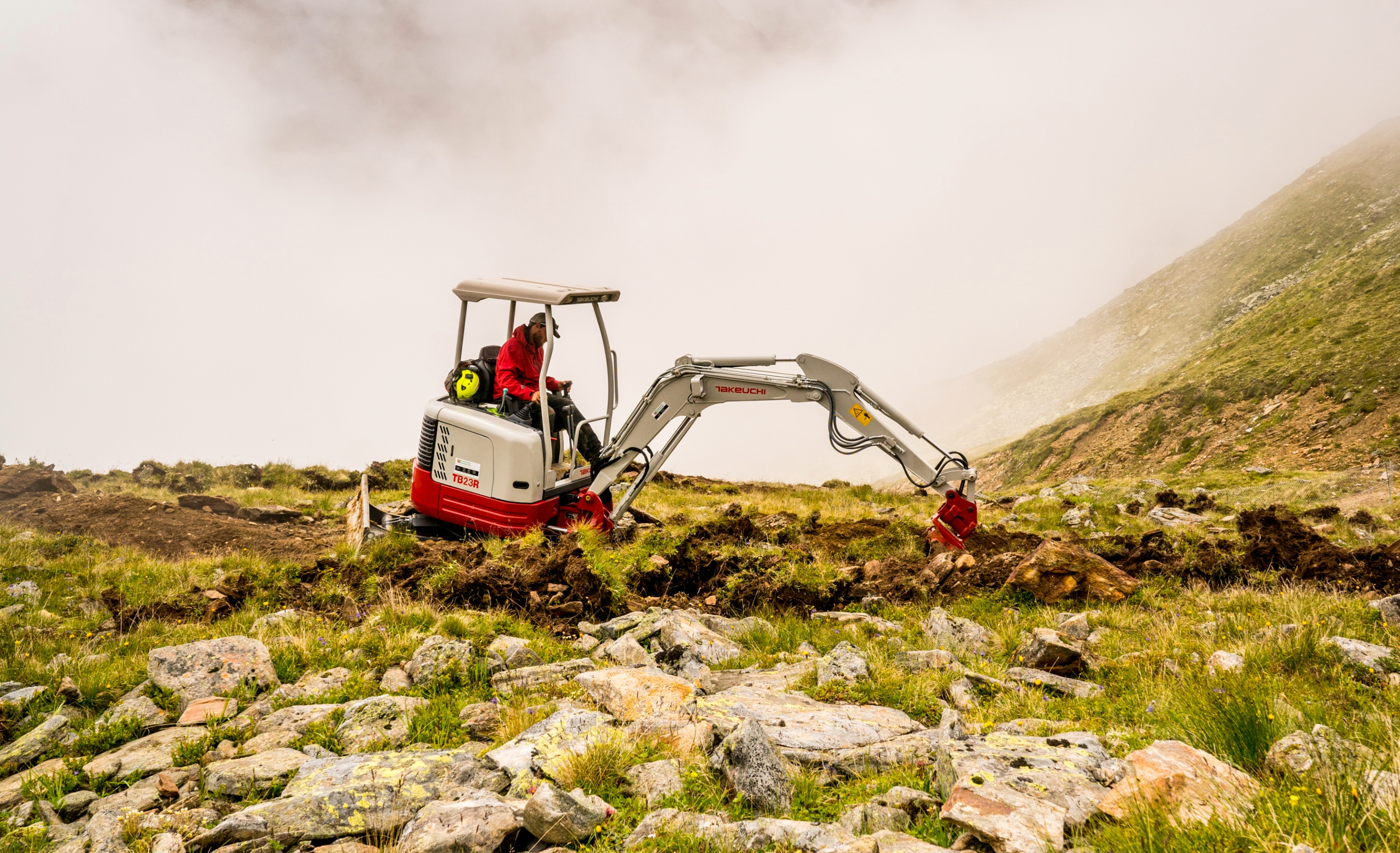
1. CREATING AN OFFER FOR CHILDREN AND FAMILIES THAT IS TOO SIMPLE
Families and children are a large and relevant target group, but many mountain bike destinations think that they offer everything they need with simple gravel roads and flat stretches. But that's a mistake. Because children need more than just simple endurance tours. They want to be challenged, have fun and let off steam.
Instead of just offering easy routes, you should create varied trails that are both fun and challenging. Modular pump tracks, Skill Center, bike parks and mini-DH tracks make the offer exciting and offer not only the kids, but also their parents a good reason to keep coming back. If you take the needs of families seriously, your mountain bike region more attractive – and your guests bring their friends.
2. TREATING WOMEN ON THE MTB LIKE NON-MOUNTAIN BIKER
Women are just as passionate about mountain biking like men – and they are not looking for wellness offers or shopping experiences in mountain bike destinations. Trying to attract women through these sideshows is completely inappropriate and out-dated!
Instead, you should focus on the real needs of mountain bikers Offer them high-quality mountain bike trailsthat meet their needs and create an atmosphere in which they feel taken seriously as athletes. There are numerous female bike communities that actively promote and develop the sport. Use this opportunity and adapt your offer to the actual needs of women.
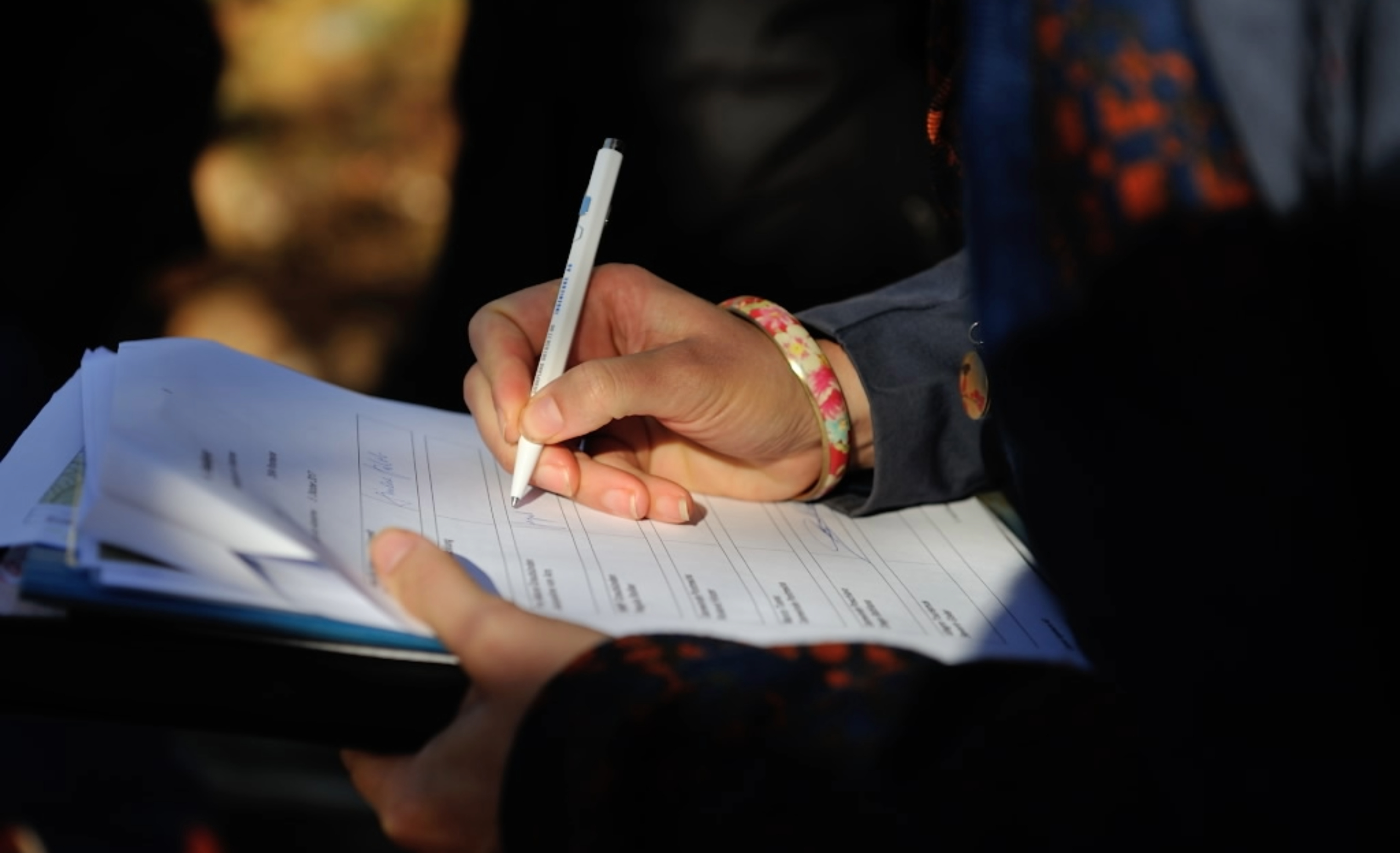
3. THINKING THAT BIGGER IS AUTOMATICALLY BETTER
“More than 600 kilometers of trails!” – this marketing message is worthless if your mountain bike trails do not meet expectations.
Quality over quantity! Some of the best mountain bike destinations in the world - like the 7Stanes in Scotland or the Rychlebské Stezky in the Czech Republic - only have around 40 kilometers of singletrack, but attract thousands of enthusiastic mountain bikers. There are even places that generate over 100,000 visitors per year with just 18 kilometers of perfectly built trails.
Instead of focusing on mass, you should make sure that your mountain bike trails perfectly designed and built to last.
4. BUILD A MTB DESTINATION, BUT DON'T STAND BEHIND IT
The construction of a mountain bike destination requires more than just building trails and infrastructure. It requires real commitment and support from everyone involved. If decision-makers in a region do not actively identify with the project and do not have a vision for the future, it will be difficult to ensure long-term success.
The local mountain bike culture must not only be understood, but also promoted. If the local people support the project, acceptance of the sport will also grow. So: really stand behind your mountain bike destination – without real support, the potential will not be fully realized.
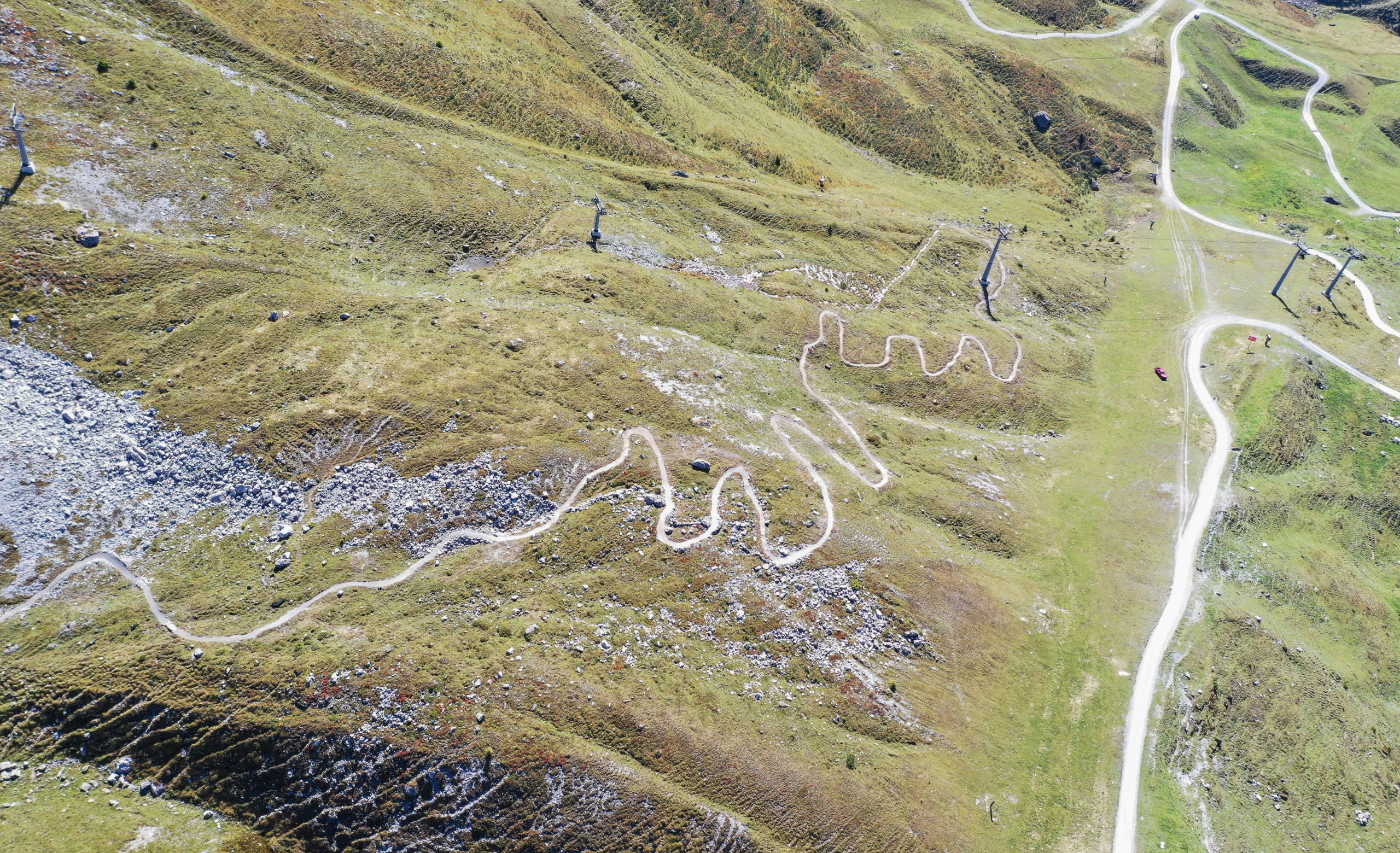
5. DON'T GO OUT AND DRIVE
The greatest chance you have to have a successful mountain bike region The key to developing a strategy is personal experience. If you are not out on the trails yourself as a decision maker, you will never really understand what the mountain bikers need. So time to grab your bike and get going!
Only when you ride yourself will you see where the trails need to be improved and how you can make the offer even more attractive. Explore your own terrain – this makes your decisions more informed and your development more efficient.
6. BUILDING A MTB DESTINATION WITH FRIENDS AND LOCAL RIDERS
Mountain biking offers a great opportunity for the tourism in the region: CHECK!
There are local riders in the region: CHECK!
So we let them develop the destination? BIG MISTAKE!
It is absolutely right to involve local MTB professionals in the development of a destination – but they are primarily mountain bikers and not professional trail builders or developers. Despite their enthusiasm and passion, they will not achieve professional results on their own.
Or would you ask local ski buddies to develop a ski resort?
Instead, focus on professional trail builders and tourism expertswho know how to develop a diverse and successful mountain bike offering.
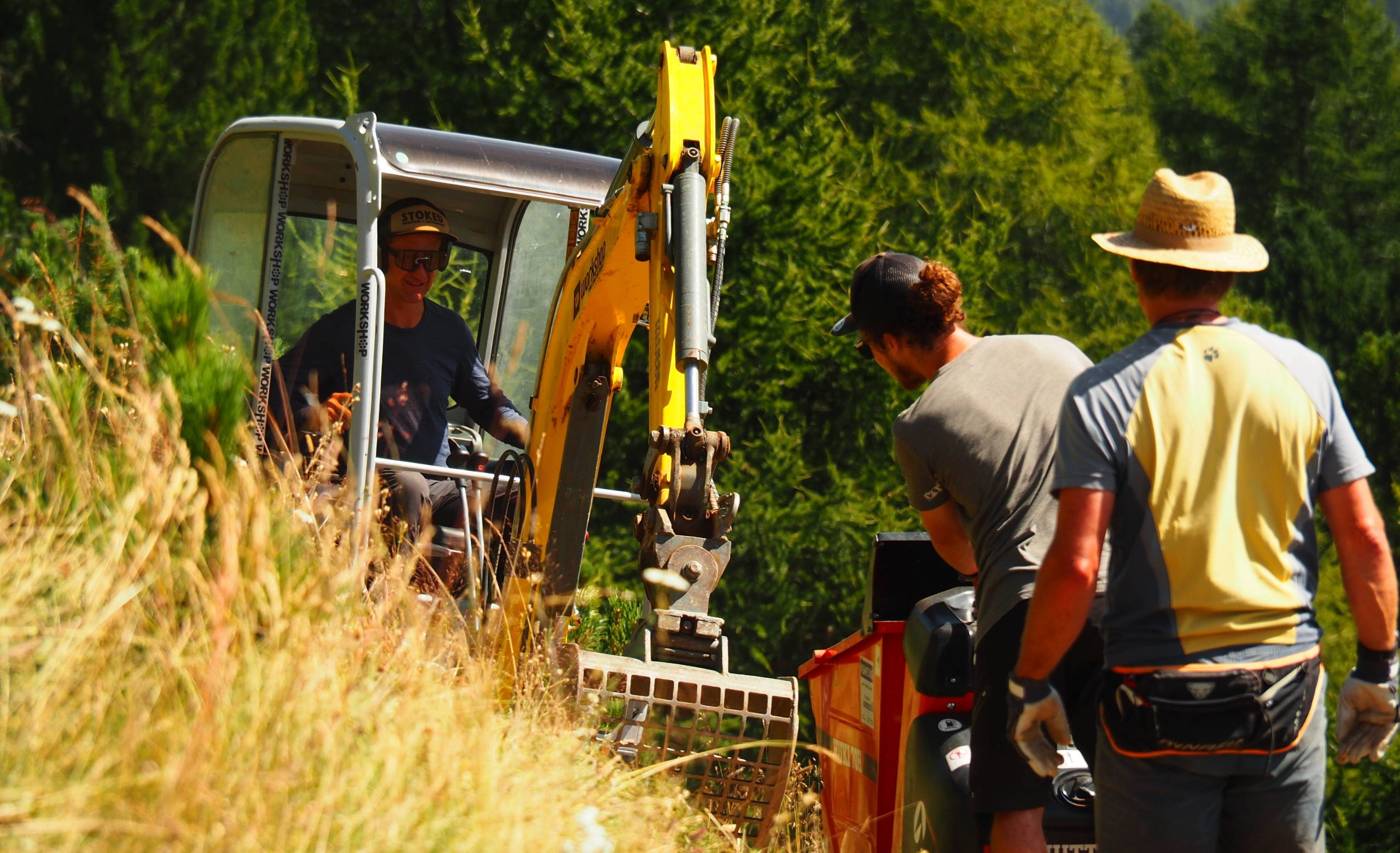
7. START WITH THE GOAL OF BEING NUMBER 1
Every year you read in mountain bike magazines about new mountain bike destinationsthat tout themselves as the "new mountain biking mecca," the "number one on the continent," the "best place to ride in the galaxy" - or whatever else ad agencies come up with. But what does that actually mean? And does it even matter?
Simple answer: No.
Success should not be measured by a title like “number 1”. Instead, it is about creating a unique experience for the mountain bike community that inspires and invites people to come back. If you offer an outstanding experience, your mountain bike destination automatically a popular meeting place.
Focus on quality and authenticity – that makes your destination special and creates real success.
Conclusion: How to make your mountain bike destination successful
Building a successful mountain bike destination is a complex task, but with the right strategy you can avoid typical mistakes. Focus on quality rather than quantity, listen to the needs of your target groups and make sure that everyone involved is actively behind the project.
